“Who put Bella in the Wych Elm?” is the final form of a series of graffiti connected with the discovery in 1943 of the remains of a murdered woman inside a wych elm on the outskirts of Hagley in Worcestershire. The body has remained unidentified and the case unsolved since then, prompting many media articles and films, as well as dramas, an opera and a musical.
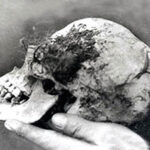
Discovery.
On 18 April 1943, four local boys (Robert Hart, Thomas Willetts, Bob Farmer and Fred Payne) were poaching or bird–nesting in Hagley Wood, part of the estate belonging to Lord Cobham near Wychbury Hill, when they came across a large wych elm. Thinking the location to be a particularly good place to search for birds’ nests, Farmer attempted to climb the tree to investigate. As he climbed, he glanced down into the hollow trunk and discovered a skull. At first, he believed it to be that of an animal, but after seeing human hair and teeth, he realised that he had found a human skull. As they were on the land illegally, Farmer put the skull back and all four boys returned home without mentioning their discovery to anybody. However, on returning home, the eldest of the boys, Willetts, felt uneasy about what he had witnessed and decided to report the find to his parents.
Investigation
The skull of “Wych Elm Bella,” as retrieved 18 April 1943

When police checked the trunk of the tree they found an almost complete skeleton, with a shoe, a gold wedding ring, and some fragments of clothing. The skull was valuable evidence, in that it still had some tufts of hair and had a clear dental pattern, despite some missing teeth. After further investigation, the remains of a hand were found some distance from the tree.
The body was sent for forensic examination by the Birmingham-based Home Office pathologist James Webster. He quickly established that it was that of a female who had been dead for at least 18 months, placing time of death in or before October 1941; Webster also discovered a section of taffeta in her mouth, suggesting that she had died from suffocation. From the measurement of the trunk in which the body had been discovered, he also deduced that it must have been placed there “still warm” after the killing, as it could not have fit once rigor mortis had taken hold.
Police could tell from items found with the body what the woman had looked like, but with so many people reported missing during the Second World War, records were too numerous for a proper identification to take place. They cross-referenced the details they had with reports of missing persons throughout the region, but none of them seemed to match the evidence. In addition, they contacted dentists in the area since the dentistry was quite distinctive.
21st century
A case review by West Mercia Police was closed in 2014.
A 2018 episode of the television programme Nazi Murder Mysteries described a forensic facial reconstruction, undertaken by the Liverpool John Moores University’s “Face Lab”, from photographs of the skull. It was commissioned by Andrew Sparke, for his books on the incident.

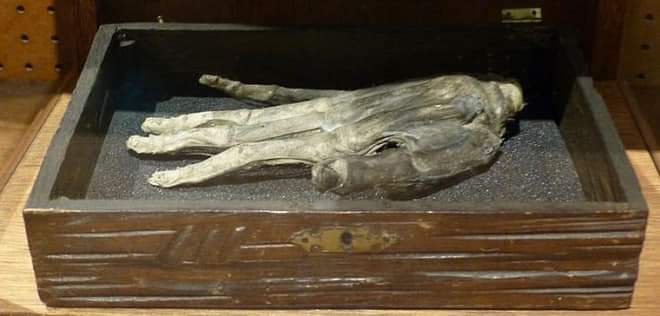
In May 2023, the BBC launched an appeal to museums, to track down the victim’s remains with the intention of carrying out DNA analysis. The remains had, until the late 1960s or early 1970s, been in the Birmingham City Police’s “black museum” at their Tally Ho! training centre. The appeal was made in conjunction with a BBC podcast on the case, The Body in the Tree.


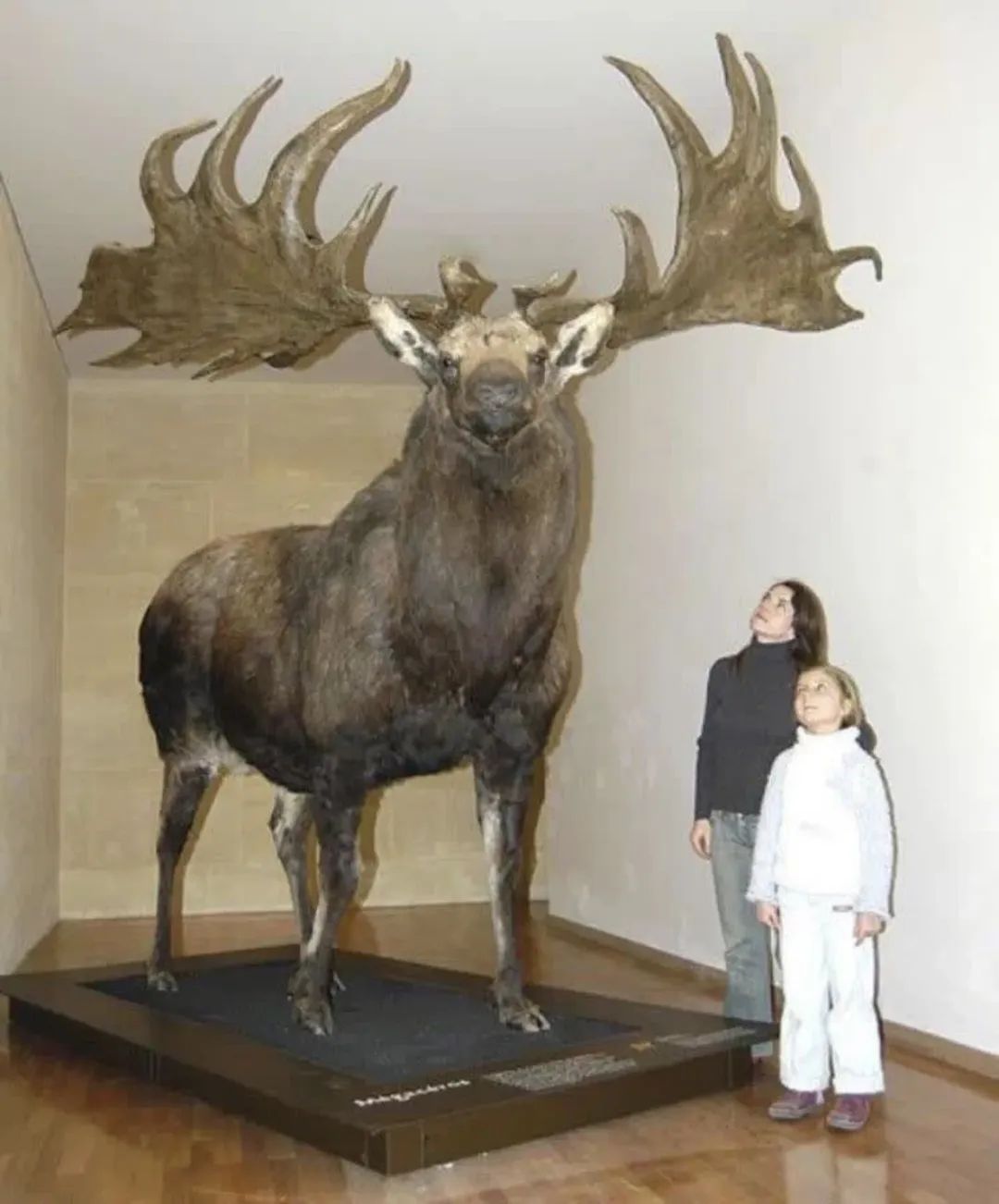
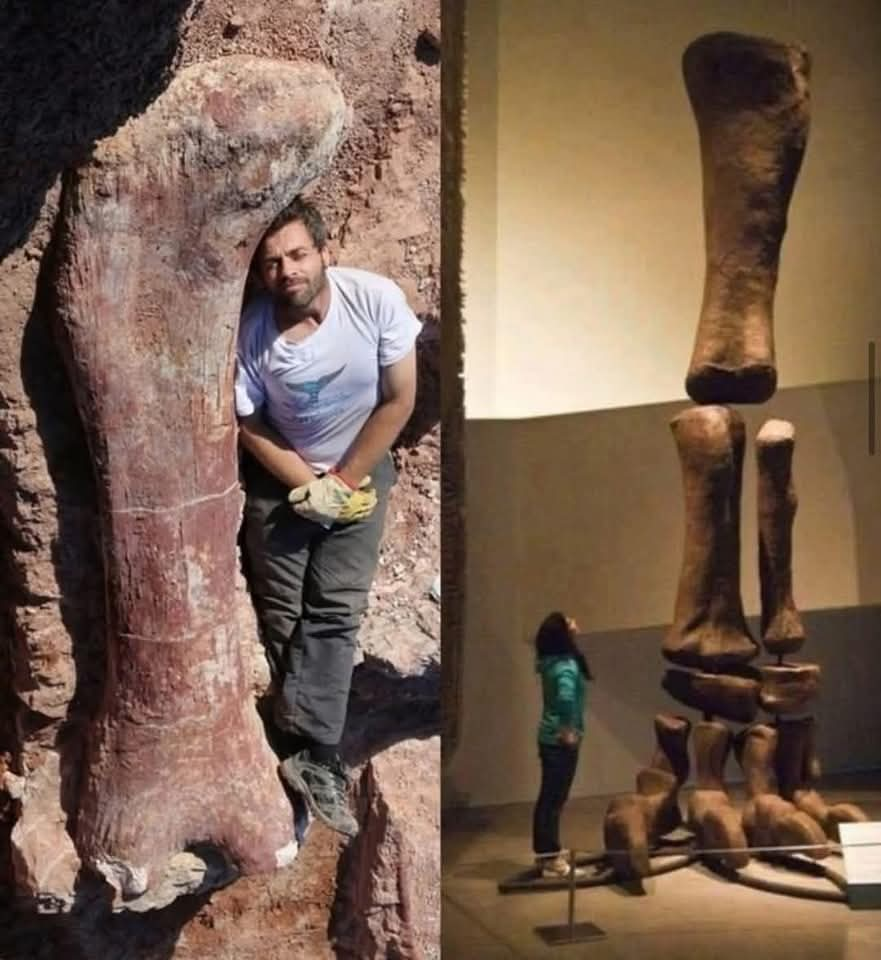




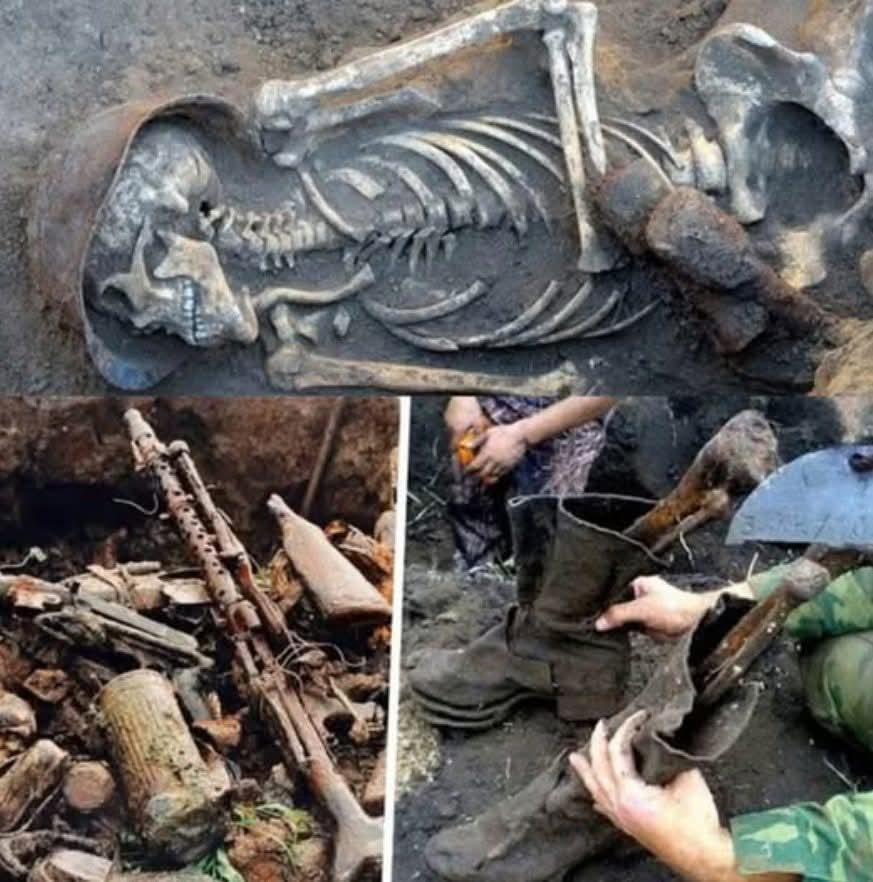

Leave a Reply